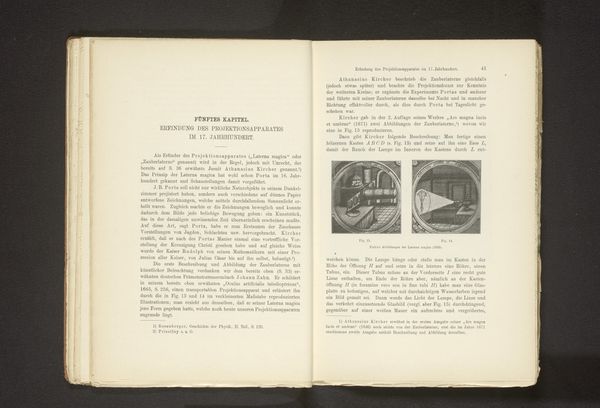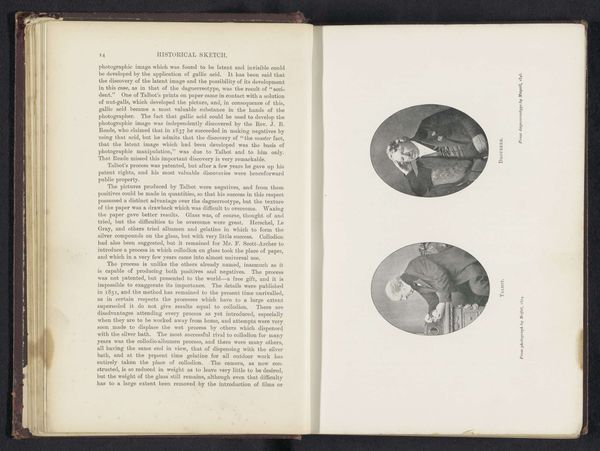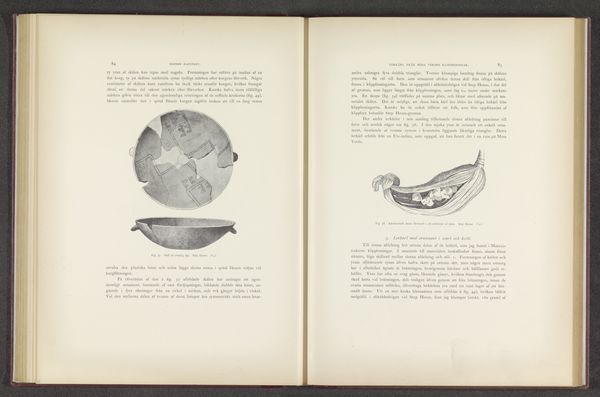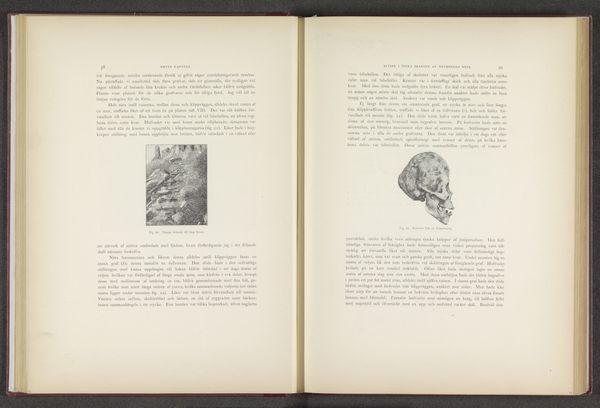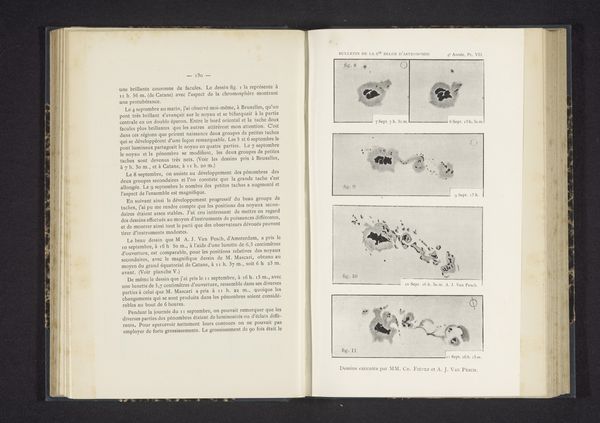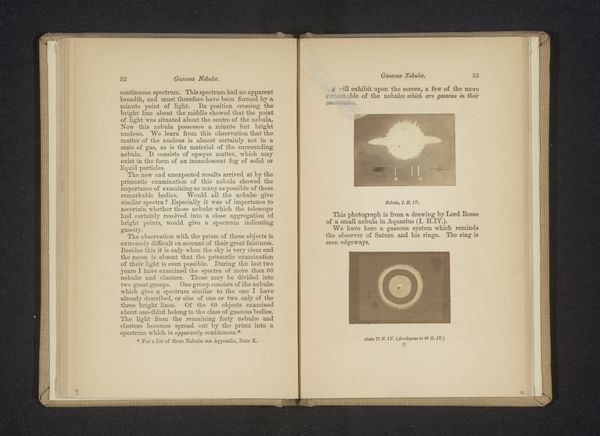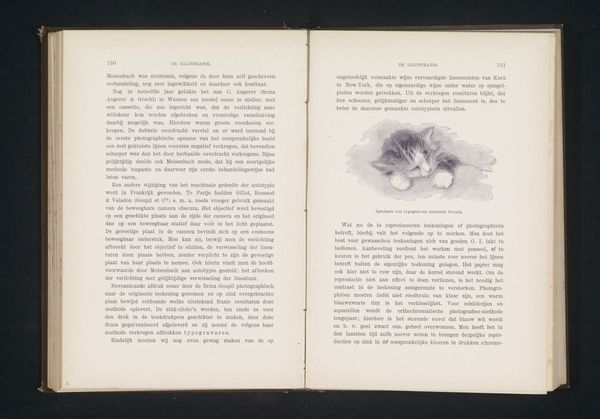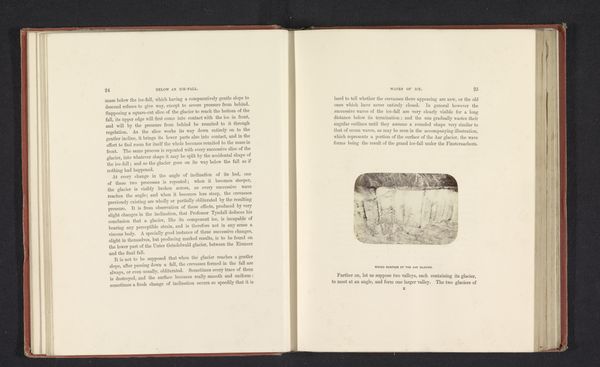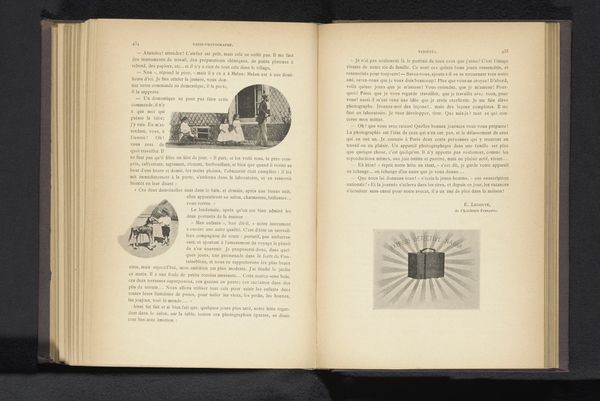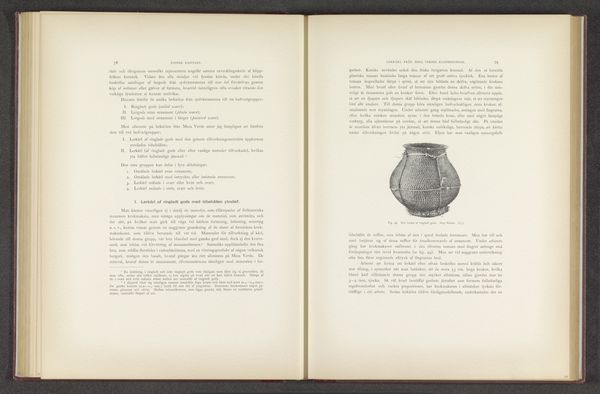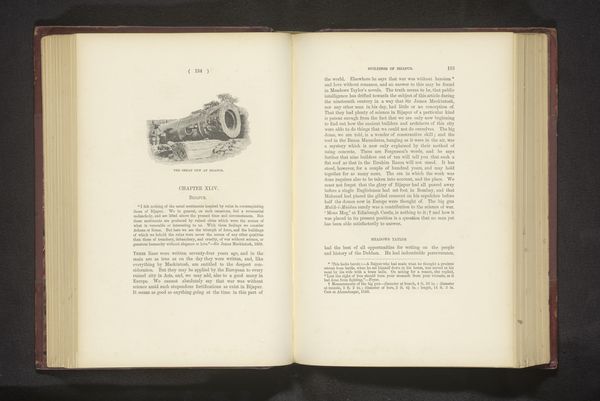
Schaal en een fragment van een schaal die zijn gevonden in Mesa Verde National Park before 1893
0:00
0:00
drawing, print, paper
#
drawing
# print
#
paper
#
indigenous-americas
Dimensions: height 365 mm, width 270 mm
Copyright: Rijks Museum: Open Domain
Curator: I find this image so evocative. It’s a print showing pottery discovered in Mesa Verde National Park, before 1893, by Gustaf Nordenskiöld. Editor: My first impression is somber, almost muted. The aged paper, the monochromatic palette… it speaks of a forgotten history, patiently unearthed. Curator: Nordenskiöld was among the first to thoroughly document the material culture of the Ancestral Puebloans. Consider this print: how was it produced? How were the photographs it reproduced created, processed and then printed at the time? These considerations tell a complex story of labor, extraction, and the representation of indigenous material culture within a Western framework. Editor: Indeed. The bowls shown were not simply artifacts; they were embedded in a network of socio-political power. Their excavation, documentation, and subsequent display were products of colonial encounter. Curator: Absolutely. We also have to acknowledge the craft inherent in the pottery production itself – the extraction of clay, the forming of the vessels, the painting of these beautiful geometric designs. The means of production – what was available, what was prioritized by the people crafting this? How long does a piece like that take to fire? Each bowl carries knowledge about how they structured their lives materially and communally. Editor: It's fascinating to contemplate the multiple layers of mediation present in this image. From the original firing, decoration and use of the bowl, to its finding, photographing and finally inclusion as an illustration of Gustaf's explorations. Each of those steps involved its own context of expertise and cultural values being asserted. Curator: Reflecting on the materiality and production around this print reminds us about a specific moment, with access limitations regarding location, education, and economy for accessing and producing artwork. We cannot think about them separately, as we acknowledge this is part of this item’s history. Editor: And the ongoing role such documents play. Consider the complicated ethics inherent to how these are found, displayed and interpreted. The implications on how indigenous cultures were, and are still, viewed and treated remain deeply relevant.
Comments
No comments
Be the first to comment and join the conversation on the ultimate creative platform.
